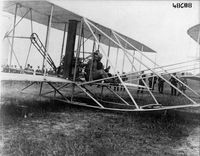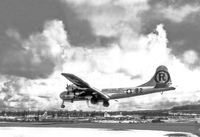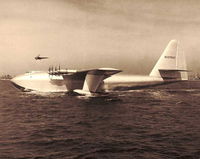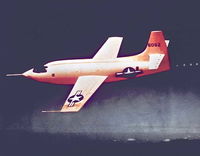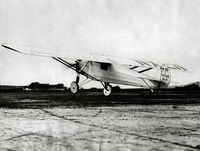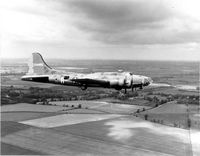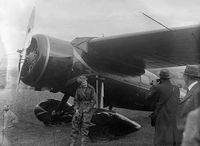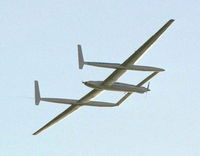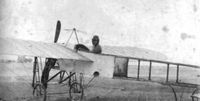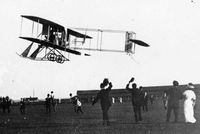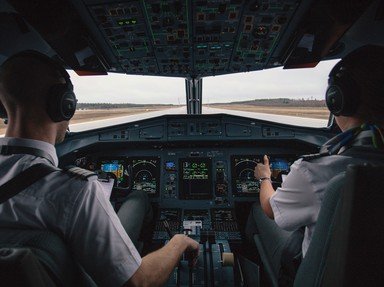
The Only Way is Up! Trivia Quiz
These are some of the most famous aircraft in the history of aviation, with equally incredible pilots and crews that accomplished challenging firsts and pushed the envelope of the possible. Do you recognize them all?
by reedy.
Estimated time: 3 mins.
- Home
- »
- Quizzes
- »
- World Trivia
- »
- Aviation
- »
- Aircraft
